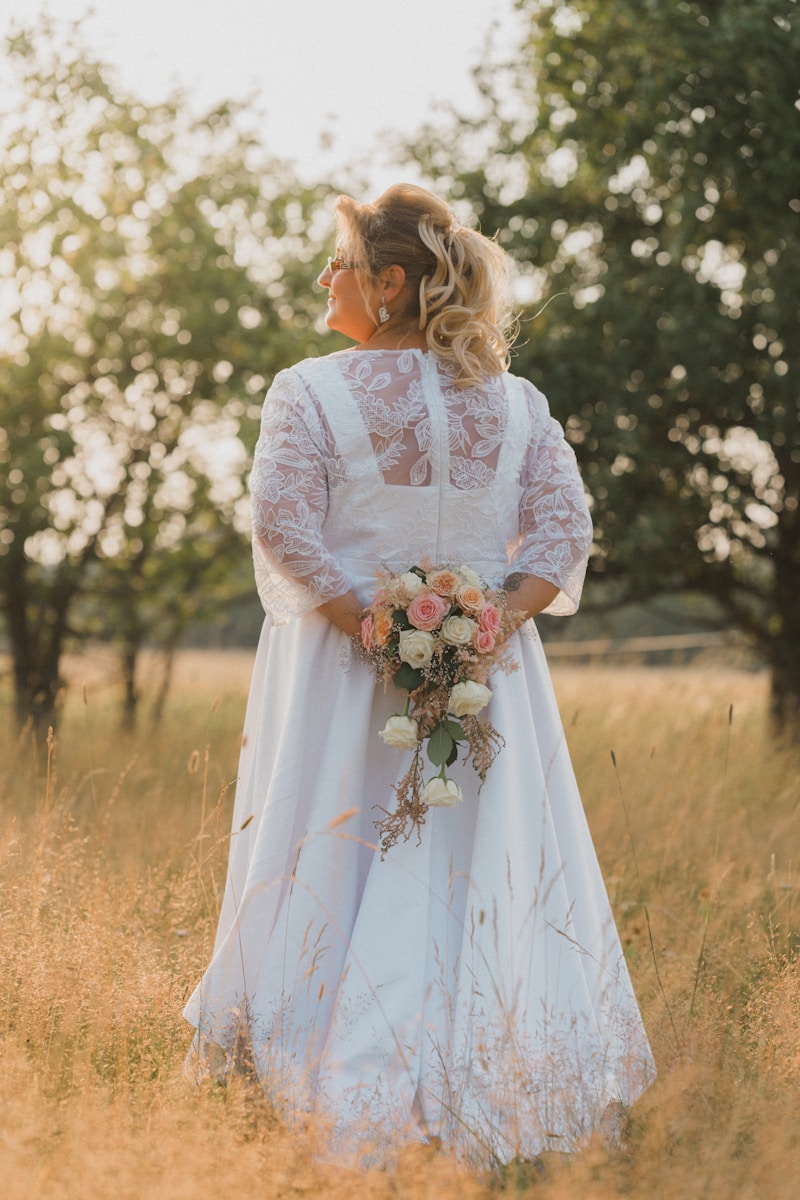Exploring the Modern Aesthetic in Traditional Gowns: A Fusion of Past and Present
The world of fashion is a dynamic entity that continually evolves, often blending various styles, cultures, and eras. One of the most captivating phenomena in recent years is the intersection of modern aesthetics with traditional gowns. This fusion not only pays homage to the rich history and cultural significance of traditional attire but also reinterprets and revitalizes it for contemporary audiences. In this article, we will explore the modern aesthetic in traditional gowns, the significance of this trend, and the ways in which modern designers are redefining these timeless garments to fit the present day.
The Essence of Traditional Gowns
Traditional gowns are often steeped in cultural heritage, embodying the values, beliefs, and artistic expressions of a society. Whether it’s the elegant Hanfu of China, the intricate sarees of India, or the regal kimonos of Japan, traditional gowns share a common thread of craftsmanship, symbolism, and identity. While the specific styles and materials vary, several elements stand out:
| Element | Description |
| Fabric | Rich materials such as silk, brocade, and cotton, often handwoven and dyed using traditional methods. |
| Embroidery | Intricate patterns and embellishments that tell stories and signify status or cultural beliefs. |
| Color | Colors often hold specific meanings in different cultures, representing emotions, seasons, or fertility. |
| Silhouette | Distinct shapes and forms that highlight the wearer’s figure while providing cultural significance and context. |
The Rise of the Modern Aesthetic
With globalization and increasing cultural exchanges, there has been a notable rise in the modern aesthetic that marries traditional elements with contemporary design principles. This trend emphasizes minimalism, sustainability, and functionality. Some characteristics of the modern aesthetic in traditional gowns include:
- Clean Lines: Modern designs often favor simplicity with streamlined silhouettes that enhance the body’s natural form.
- Sustainable Materials: There is a growing emphasis on eco-friendly fabrics and production processes that respect the environment.
- Versatile Styling: Many modern interpretations encourage mix-and-match functionality, allowing traditional gowns to be styled for various occasions.
- Innovative Techniques: Designers are incorporating modern printing methods and textile technologies to elevate traditional fabrics.

Bridging Cultures Through Design
Modern designers are playing a crucial role in bridging the gap between different cultures. By reimagining traditional gowns, they create a dialogue that respects heritage while inviting innovation. For instance, renowned designer Ritu Kumar from India blends traditional motifs with Western silhouettes, making her creations suitable for a contemporary wardrobe. Similarly, Vivienne Westwood has taken inspiration from historical garments, infusing them with punk influences that have revolutionized fashion norms.
Influence of Social Media and Fashion Weeks
The advent of social media platforms like Instagram and Pinterest has significantly influenced the perception and popularity of traditional gowns blended with modern aesthetics. Influencers, stylists, and fashion enthusiasts showcase these designed garments, introducing them to a global audience. Events like New York Fashion Week and Paris Fashion Week have also featured collections that highlight this blend, prompting wider acceptance and interest.
Practical Applications: Where to Wear Modern Traditional Gowns
The versatility of modern traditional gowns makes them suitable for various occasions. Here are some practical applications:
- Weddings: Many brides are opting for modern traditional gowns that reflect their cultural roots while incorporating contemporary designs.
- Cultural Festivals: Events celebrating cultural heritage provide a platform for showcasing these unique gowns.
- Formal Events: Modern traditional gowns can be tailored for formal gatherings, bringing elegance and sophistication.
- Everyday Wear: The fusion of styles allows for everyday wear, enabling individuals to express their identity effortlessly.
Challenges and Considerations
While the modern aesthetic in traditional gowns is exciting, it also presents challenges:
- Cultural Appropriation: Designers must tread carefully to respect the origins of traditional garments and avoid appropriating culture without acknowledgment.
- Maintaining Authenticity: The essence of traditional gowns must not be lost in modern interpretations. Designers need to balance innovation with cultural significance.
- Market Accessibility: As these gowns can sometimes be high-end luxury items, there is a need for affordable options that still resonate with the aesthetic.
Conclusion: Embracing the Modern Aesthetic in Traditional Gowns
In conclusion, the modern aesthetic in traditional gowns represents a beautiful synergy between the past and the present. This fusion not only honors cultural heritage but also adapts to contemporary society's needs, preferences, and values. As fashion continues to evolve, we anticipate seeing more innovative designs that pay homage to traditional roots while engaging with modernity. When choosing or designing a modern traditional gown, consider the significance of the garment and the story it tells. Always be mindful of cultural origins and strive to celebrate diversity in fashion. This approach will ensure that the legacy of traditional gowns continues to inspire future generations while resonating in the contemporary fashion landscape.